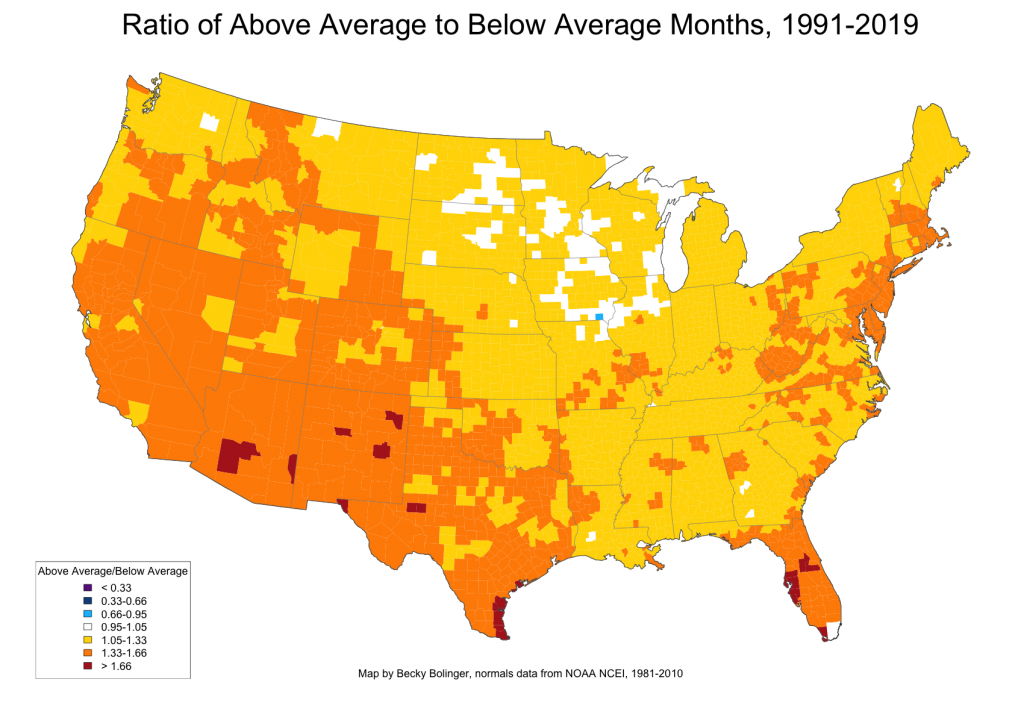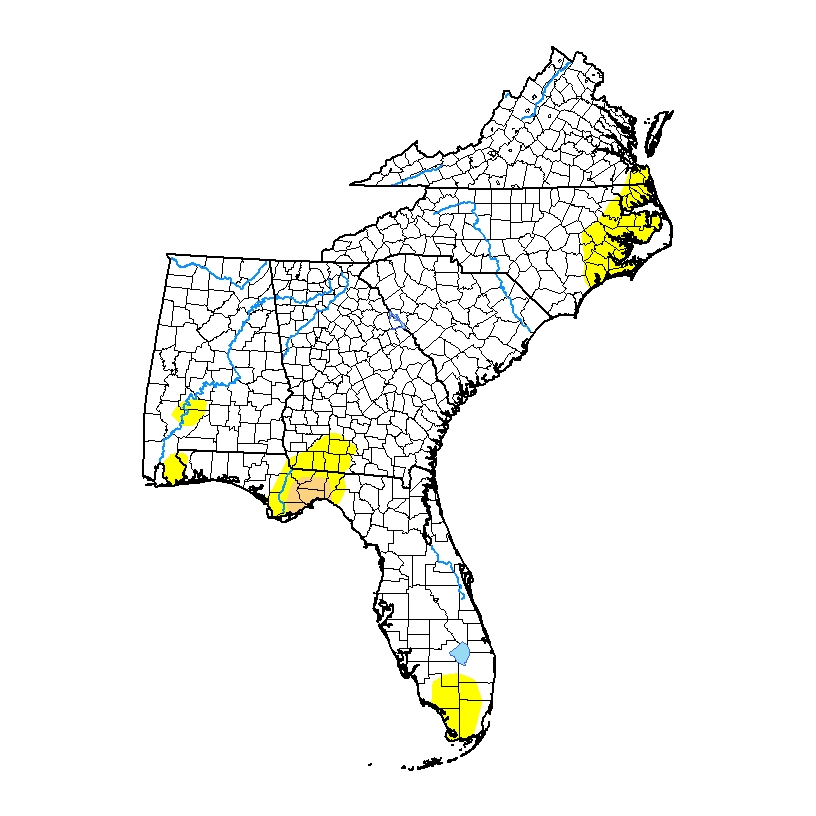-

While carbon dioxide and methane are the two most common greenhouse gases, nitrous oxide is also a potent contributor to our warming climate. Overuse of fertilizers containing nitrogen in farming has been identified as one of agriculture’s contributions because it can contribute to the addition of nitrous oxide to the atmosphere. Recently scientists at Auburn…
-

The latest 7 day QPF map shows that most of the rain this week will fall off the coast and will provide limited moisture to land. Since most of the Southeast has received plenty of moisture lately, with the exception of a few parts of Florida, there is no immediate cause for concern, but we…
Posted in: Climate outlooks -

Earlier this month, posted an interesting story about how housing practices from decades ago are still determining which neighborhoods are experiencing the most urban heating. Back in the 1930’s, many neighborhoods were ‘red-lined”, shutting some minorities out of the most desirable neighborhoods and segregating them. A recent study shows that even decades later, the neighborhoods…
-

How do we determine what “normal” weather is? Climatologists use a 30-year average to calculate normal temperature and precipitation for stations around the US. The last averaging period was 1981-2010, which means that we have less than a year to go before the next averaging period begins (1991-2020). How are the normals expected to change…
-

The latest Drought Monitor, released this morning, show that while there is no change in the amount of drought this week, areas of abnormally dry conditions have appeared in Alabama and the far western panhandle of Florida. They have also expanded to cover a good portion of eastern North Carolina. We’ll be watching to see…
Posted in: Drought -

In spite of the recent cold weather, 2o2o has gotten off to a toasty start across the Southeast, with temperatures running several degrees above normal across the region. Since warmer weather is expected to return to the area before the end of the month, it’s likely that January will end up significantly above normal. Precipitation…
-

A new study published in Nature Medicine indicates that rising temperatures are likely to result in an increase in deaths and injuries in the US. Earlier studies have shown that heat waves are associated with increases in violent crimes, falls, and accidents. Other studies have shown increases in drownings and suicides in hot conditions. Hotter…